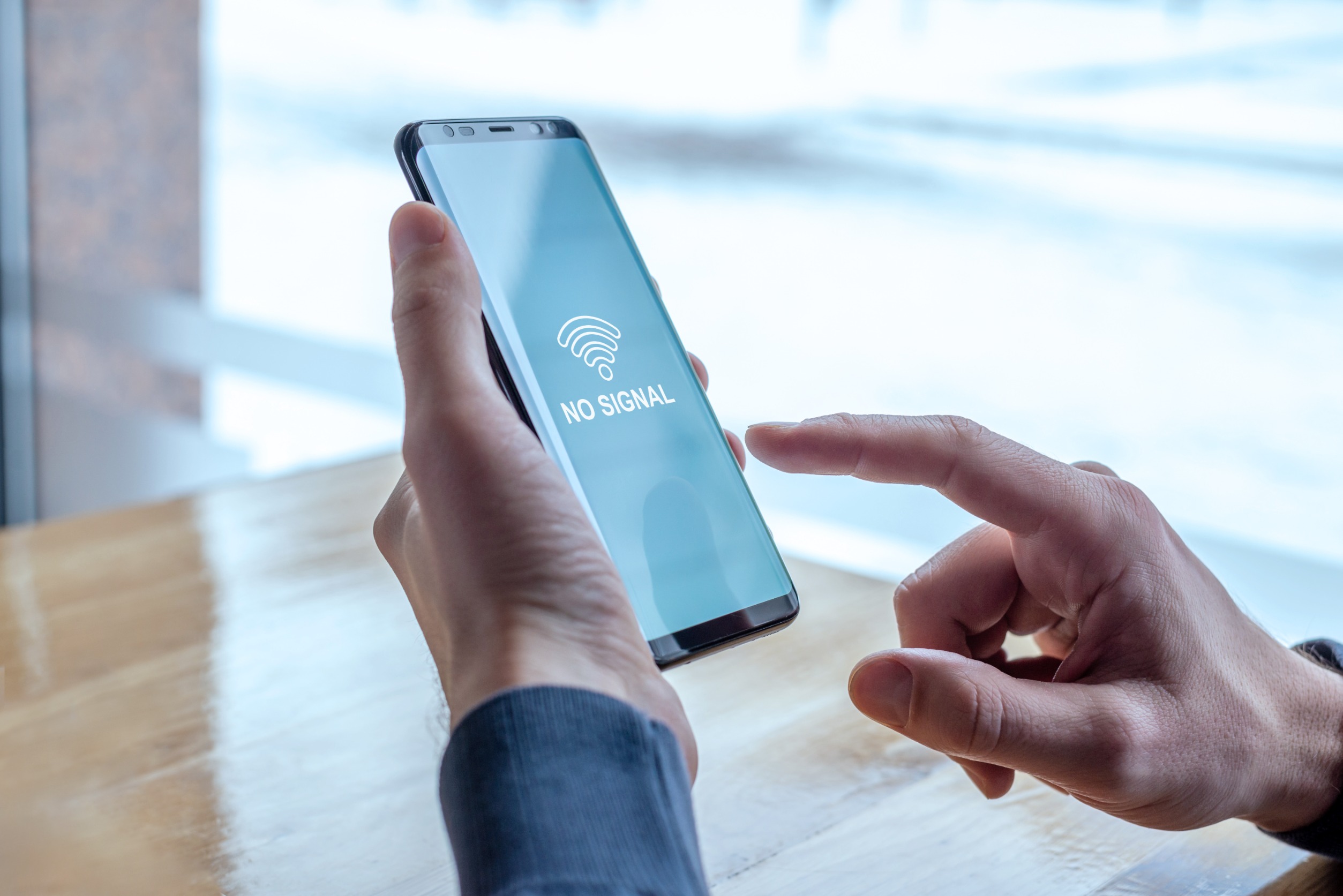Give a title to this artchicle: Coverage and Capacity Issues: Poor network coverage and insufficient network capacity can lead to high drop call rates in LTE networks. This can be caused by various factors such as weak signals, network congestion, lack of cell sites, interference from neighboring cells, etc.
Interference: Interference from other cells, devices, or sources can also lead to high drop call rates in LTE networks. Interference can be caused by various factors such as poor antenna placement, faulty equipment, poor signal quality, etc.
Interference KPIs and Counters:
- DL Interference Level
- UL Interference Level
- Interference Level Indication (ILI)
- Carrier to Interference ratio (C/I)
Handover Failure: Handover is the process of transferring a call from one cell to another as a user moves from one location to another. Handover failure can occur due to issues such as poor signal quality, congestion, incorrect configuration, etc. Handover failure can lead to high drop call rates in LTE networks.
Handover Failure KPIs and Counters:
- Handover Failure Ratio (HOFr)
- Intra-frequency Handover Failure Ratio (IFHOFr)
- Inter-frequency Handover Failure Ratio (IFHOFr)
- Handover Preparation Failure Ratio (HOPr)
Packet Loss: LTE networks use packet-based transmission technology, and packet loss can occur due to various factors such as network congestion, transmission errors, etc. Packet loss can result in voice quality issues and ultimately lead to high drop call rates.
Packet Loss KPIs and Counters:
- Packet Loss Ratio (PLR)
- Packet Error Rate (PER)
- Retransmission Rate (RTR)
- Packet Discard Rate (PDR)
Radio Link Failure: Radio link failure occurs when the radio link between the mobile device and the network is lost. This can happen due to various reasons such as interference, weak signal strength, hardware issues, etc.
Radio Link Failure KPIs and Counters:
- Radio Link Failure Ratio (RLF)
- Intra-frequency RLF Ratio (IFRLF)
- Inter-frequency RLF Ratio (IFRLF)
- RLF due to High-Speed Mobility Ratio (HSRRLF)
Incorrect Parameter Settings: Incorrect parameter settings in the LTE network can lead to high drop call rates. For example, if the handover threshold is set too low, handovers may occur too frequently, leading to drop calls.
Incorrect Parameter KPIs and Counters:
- Parameter Consistency Check (PCC)
To reduce high drop call rates in LTE networks, it is important to perform regular network optimization and maintenance. This includes analyzing performance metrics, identifying and troubleshooting and anomaliy detection on network issues using solutiones like NORTH-I and ABID+, optimizing network parameters using solution like CMEx, upgrading network hardware and software, and providing sufficient network capacity to meet the growing demand for data services. It is also important to conduct periodic network audits and implement best practices for network performance management to ensure high-quality service for customers.
It’s worth noting that the specific KPIs and counters to be measured may vary depending on the network configuration, equipment vendor, and other factors. Therefore, it’s important to consult the network documentation and equipment vendor guidelines to ensure the most accurate and relevant KPIs and counters are used for measuring and optimizing network performance.



